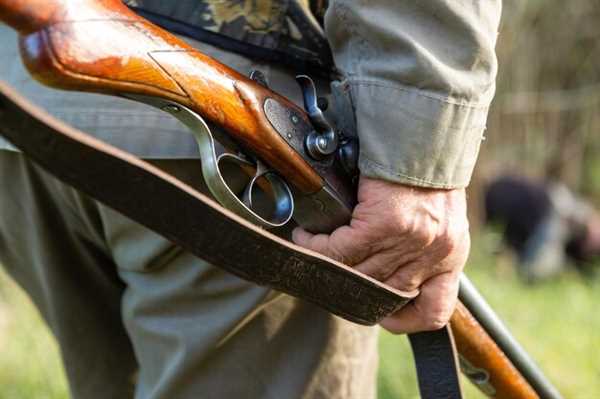
Use a reliable cleaning kit that includes brushes, patches, and solvents specifically designed for your weapon type. Regularly inspect your gear for residues or corrosion that can affect performance.
After every outing, disassemble your piece following the manufacturer’s guidelines. Wipe down critical components like the barrel and action to eliminate debris. Pay close attention to the optics, such as NVGs, ensuring they’re free from dust and smudges for optimal clarity.
Store your arsenal in a designated, climate-controlled space. This helps prevent rust and deterioration. Utilize moisture-absorbing products to maintain an ideal environment, safeguarding your investment and ensuring readiness for the field.
Step-by-Step Guide to Cleaning Your Firearm
Ensure safety by unloading the weapon and removing the ammunition. Store ammunition separately to prevent accidental discharge.
Gather necessary supplies: cleaning rod, brush, patches, solvent, lubricant, and a soft cloth. Choose products suitable for your specific type of device.
Attach the appropriate brush to the cleaning rod. Apply solvent to the brush and scrub the barrel thoroughly. This will remove fouling and residues.
Follow with a clean patch. Insert it into the barrel and push through to wipe away debris. Repeat until the patch comes out clean.
Clean the action mechanism using a brush and a soft cloth. Pay special attention to moving parts, ensuring the removal of any dirt and grit.
Use a patch soaked with lubricant to lightly coat the moving components. This will help prevent corrosion and ensure smooth operation.
Inspect external surfaces for any signs of rust or damage. Wipe down with a soft, dry cloth to remove fingerprints or moisture.
Reassemble any parts that were taken apart during the process. Confirm everything is securely in place before storing.
Store the cleaned item in a dry, cool environment. Regular checks for moisture will help maintain its condition over time.
Identifying and Addressing Common Maintenance Issues

Regular inspection helps spot wear or damage early. Check for the following common issues:
- Corrosion: Inspect metal parts for rust or oxidation. Use a rust remover and apply a protective lubricant.
- Moving Parts: Ensure all components function smoothly. Lubricate hinges and slides to prevent jamming.
- Barrel Obstruction: Regularly check the barrel for debris. Look through with NVGs if necessary to detect blockages.
- Scope Alignment: Verify that optics are properly mounted and zeroed. Adjust if necessary, as misalignment affects accuracy.
- Stock Integrity: Examine for cracks or looseness. Tighten screws and consider replacing any compromised materials.
To address identified problems:
- Clean all surfaces with appropriate solvents.
- Replace any worn-out parts immediately.
- Reapply protective coatings to prevent future issues.
- Document the maintenance performed for future reference.
Staying on top of maintenance prevents bigger problems down the line. Make it a habit to routinely assess and improve the functionality of every firearm in your collection.
Proper Care for Night Vision Goggles in Hunting

Regularly inspect NVGs for any signs of damage or wear. Check the lens for scratches or dirt that could impair visibility. Use a microfiber cloth to polish the lenses gently without scratching them.
Ensure the power source is reliable. Replace batteries as needed, and store extras in a cool, dry place to avoid corrosion. Always clean battery terminals to maintain a good connection.
Store the goggles in a protective case to prevent impact damage. Avoid exposing them to extreme temperatures or humidity, which can affect their performance.
For maintenance, utilize a specialized lens cleaning solution instead of traditional household cleaners, which can damage lens coatings. Clean the exterior with a damp cloth to remove dust and debris, avoiding harsh chemicals.
Regularly check the focus and alignment settings. Ensure adjustments are smooth and responsive. Misalignments can compromise your view during critical moments.
Familiarize yourself with the operating manual for any specific care instructions tied to your NVG model. Following manufacturer guidelines helps in extending their lifespan and functionality.
After each outing, conduct a thorough check and clean routine, similar to how you would maintain your firearm. This ensures maximum reliability during future usage.
